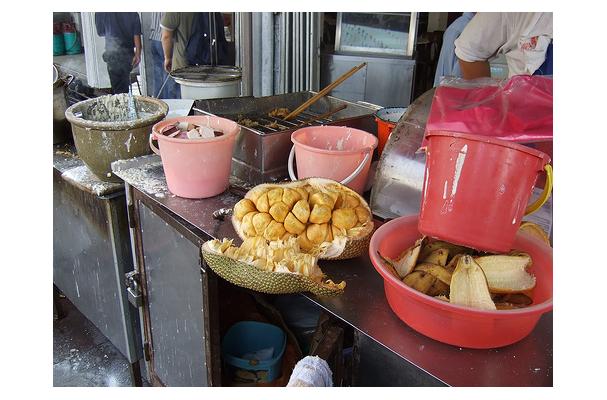Cempedak
About
Chempedak or cempedak (pronounced "chem-pe-dak"; syn. Artocarpus integer (Thunb.) Merr., Artocarpus polyphema Pers.) is a species of tree and its fruit in the family Moraceae. It is native to southeast Asia, occurring from West Malaysia east to West Irian on the island of New Guinea. It has been introduced to Queensland
Information
Physical Description
Smaller compared to a jackfruit, it is green in color when its young and turns slightly yellowish as it ripens. It is still bigger compared to other fruits. It also emits a strong smell, comparable to the smell of a durian when it becomes ripe. It is usually fried, a common Malay food/snack in Malaysia. It retains the sweet taste, but reduces the chewy effect of the skin.
Tasting Notes
Selecting and Buying
These trees bear fruit once or twice per year. In addition to its function as a food crop, the chempedak tree is also cultivated for its wood, which is durable and resistant to termites. The bark is used in the production of the yellow dye used on the saffron-colored robes of Buddhist monks
Preparation and Use
To eat, one would just need a sharp knife to cut the fruit into half to reach the sweet pulps.
Or, it could be fried after being dipped in Batter.










